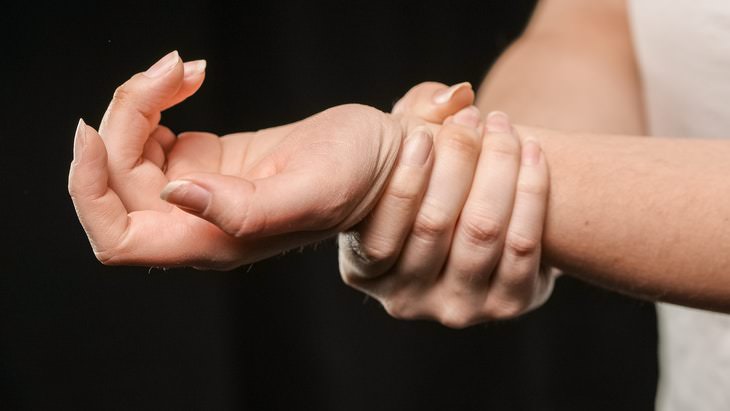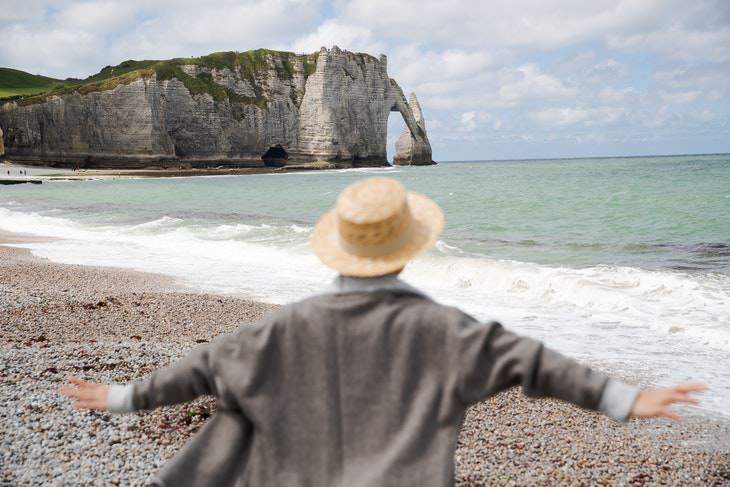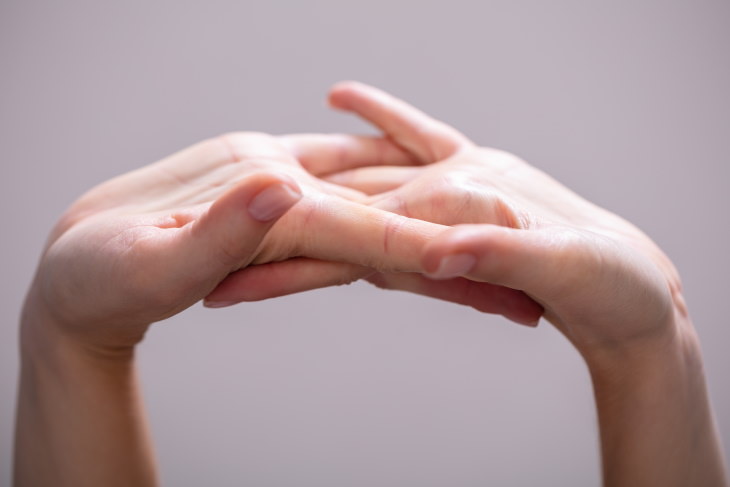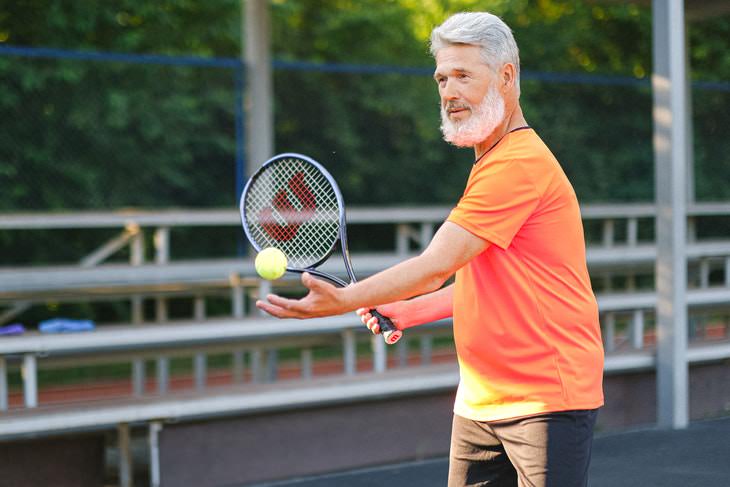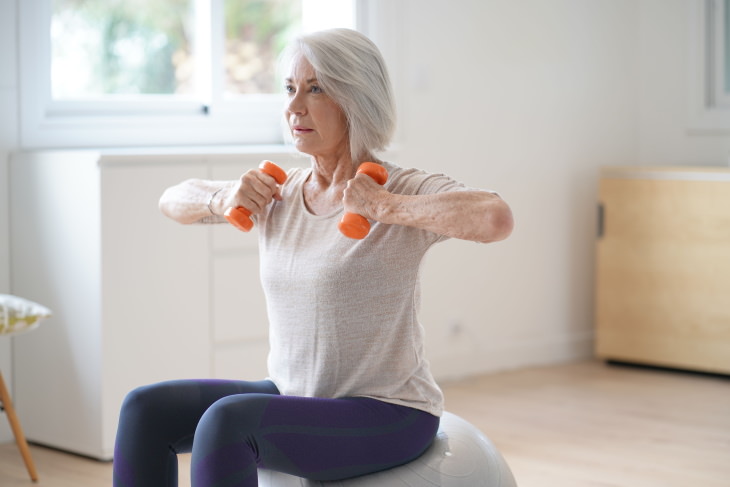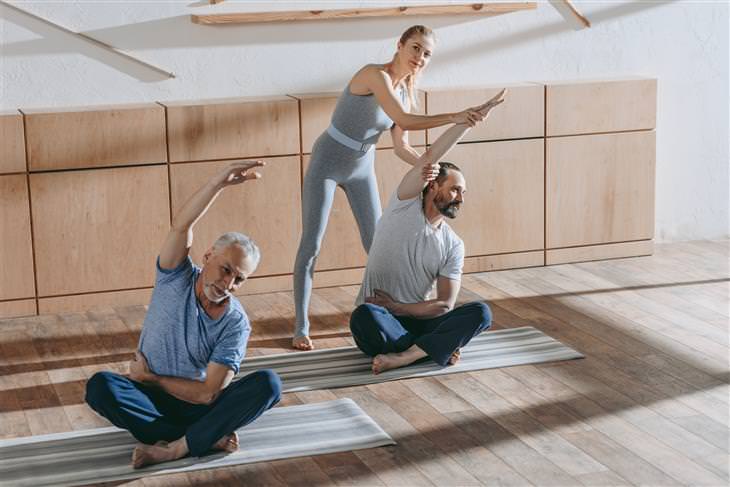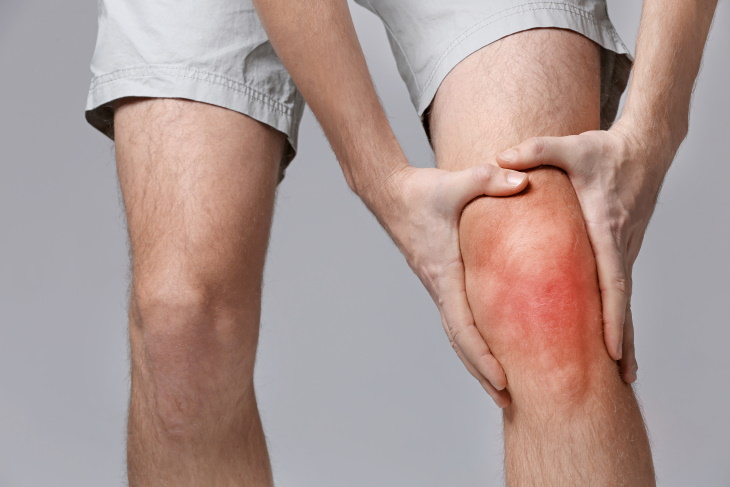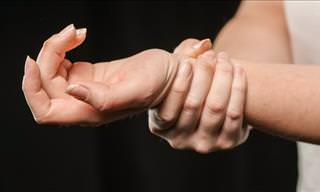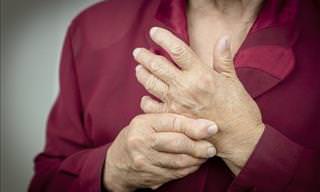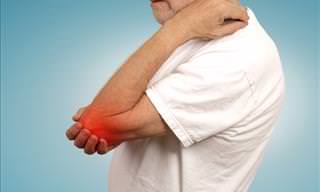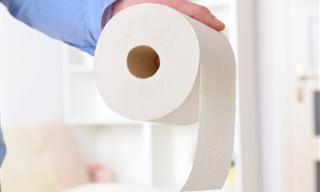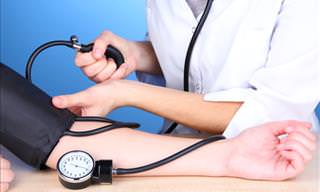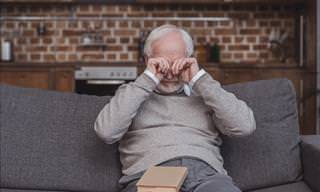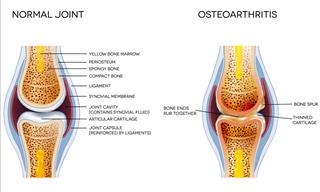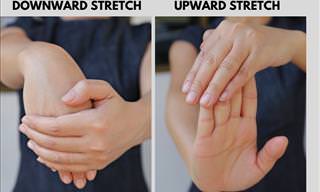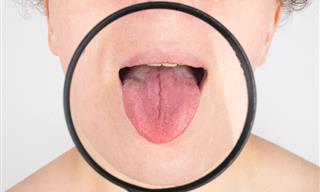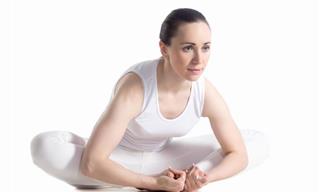1. All joint pain is arthritis.
Joint pain and arthritis are often used interchangeably, which is a massive overstatement. In fact, the term “arthritis” itself is incredibly vague because there are as many as 50 types of arthritis, according to some classifications. But even if we only take osteoarthritis and rheumatoid arthritis, the two most widespread forms of arthritis, into consideration, they are by no means the only cause of joint pain.
Even if you experience common arthritis symptoms - joint pain, swelling, and limited joint mobility - other conditions cause them, too. Injuries, tendinitis (the inflammation or irritation of a tendon), and bursitis (the inflammation or irritation of a bursa sac) are just a few examples of such conditions. Instead of just assuming that you have arthritis when your joints start aching, it’s important to get professional guidance and be diagnosed properly.
2. Moving to a warm dry climate slows down the progression of arthritis.
Can your joints predict the rain? According to anecdotal evidence, people suffering from arthritis can feel more pain immediately before or during rain. Even though there is no hard scientific evidence to confirm this claim, there are a handful of studies suggesting that dampness or humidity could expand the inflamed joints and worsen pain and stiffness temporarily.
However, scientists don’t think that living in a warm and dry climate influences the progression of the disease and will spare you from arthritis pain. In fact, using warm and cold compresses to ease the pain probably has similar benefits. Moving out of your home and away from family to a warmer climate will probably not cure your arthritis.
3. Cracking your knuckles causes arthritis.
Mothers have been telling their kids to stop cracking knuckles for what seems like millennia, all in vain. Knuckle cracking may be annoying to hear, but it’s not really harmful, and most importantly, it does not cause arthritis. That said, if you feel pain when you crack your knuckles, it could be due to an underlying problem with the joints. To learn more about what’s going on in the body when you crack or pop your knuckles, click here: Cracking Your Knuckles - Is It Bad for You?
4. Arthritis is an older people’s disease.
At the beginning of this article, we mentioned that there are as many as 50 kinds of arthritis. What we didn’t specify is that each type is associated with a specific age group. For example, there is a subtype of rheumatoid arthritis called juvenile idiopathic arthritis (JIA) that affects only kids. According to Dr. Vivian Bykerk, a rheumatologist at Hospital for Special Surgery in New York, "It can happen to 1 and 2-year-olds, it can happen to 90-year-olds and to anyone in-between."
If we look at osteoarthritis, the average age of onset is 50 years and older, which is probably where this myth comes from. However, rheumatoid arthritis cases peak in the age range of 30-50 years old, and they actually tend to become rarer as you get older. Thus, this myth is just not true.
5. Ice is more effective than heat at reducing symptoms.
When it comes to most types of joint or muscle pain, both cold compresses and heating pads are useful. Arthritis is no different, so use the method that eases your joint discomfort. Usually, doctors recommend applying heat in the morning to improve joint mobility and relax achy joints and muscles. You can either use a heating pad or a damp warm cloth on the affected area or take a warm shower and a pleasant hot bath to improve your symptoms.
Cold compresses, on the other hand, are often used to relieve friction pain and reduce the inflammation caused by daily activities. You can either use an ice pack or a bag with ice cubes or frozen vegetables wrapped in a cloth for this purpose.
6. You should avoid exercise and physical activity during an arthritis flareup.
Many people believe that exercise will wear out their joints quicker; hence, you shouldn’t exercise if you have arthritis. As a matter of fact, only 13% of men and 8% of women suffering from knee osteoarthritis meet the minimum amount of weekly exercise. The truth is pretty much the opposite of that, which makes this specific myth really harmful.
Regular exercise is one of the most effective ways to reduce arthritis symptoms - it builds muscles around the affected joints, which strengthens and stabilizes the joints. No one says that you should run marathons, but a regular gentle routine can be really helpful.
During a flareup, you may need a few days of rest and do some light stretching in-lieu of more intensive exercises for a week or more, but even then, it’s important to introduce movement in your life every day. If your current exercise routine causes pain, you can also switch to types of activity that are not so taxing on the joints, such as swimming or riding the bike (or the stationary bike).
7. Lifestyle changes make no difference.
This is a continuation of the previous point about exercise. Many patients are discouraged by their diagnosis and feel that surgery is the only way they can improve their joint health, which is just not true. In fact, we’ve already mentioned two ways you can curb the pain and discomfort caused by arthritis in this article - exercise and hot and cold compresses.
Beyond that, doctors recommend that you maintain a healthy weight and stop smoking if you do. Those who smoke and/or are overweight tend to have more severe versions of arthritis. Likewise, it’s helpful to avoid excessive difficult movements like kneeling and squatting, and it’s important NOT to stay in the same position, such as sitting or standing, for a long time. For more lifestyle changes and tips, read our article 8 Habits to Help Reduce Arthritis Symptoms.
8. Arthritis is inevitable and untreatable aside from surgery.
Being diagnosed with arthritis can be really depressing, especially because we often think of arthritis as an untreatable disease. In the past, patients were treated with leg elevation, bed rest, and the occasional massage or ointment, but thankfully, rheumatology has gone a long way since. While it is true that most arthritis types are still incurable, doctors do have a wide range of non-surgical treatments for arthritis.
There are conservative treatments for both osteoarthritis and rheumatoid arthritis. “Over the past 40 years, the treatment of rheumatoid arthritis has changed dramatically,” says Max Konig, MD, a rheumatologist at Johns Hopkins University School of Medicine in Baltimore to WebMD. “We now have a plethora of highly effective therapies that can not only reduce or eliminate pain, but also quench joint inflammation and prevent the development of structural bone damage, joint deformity, and disability.” Note: the specific treatment assigned to you will depend on the type of arthritis you’re suffering from and requires professional medical help.
Share this article with those who will find it useful!
 Go to BabaMail
Go to BabaMail


